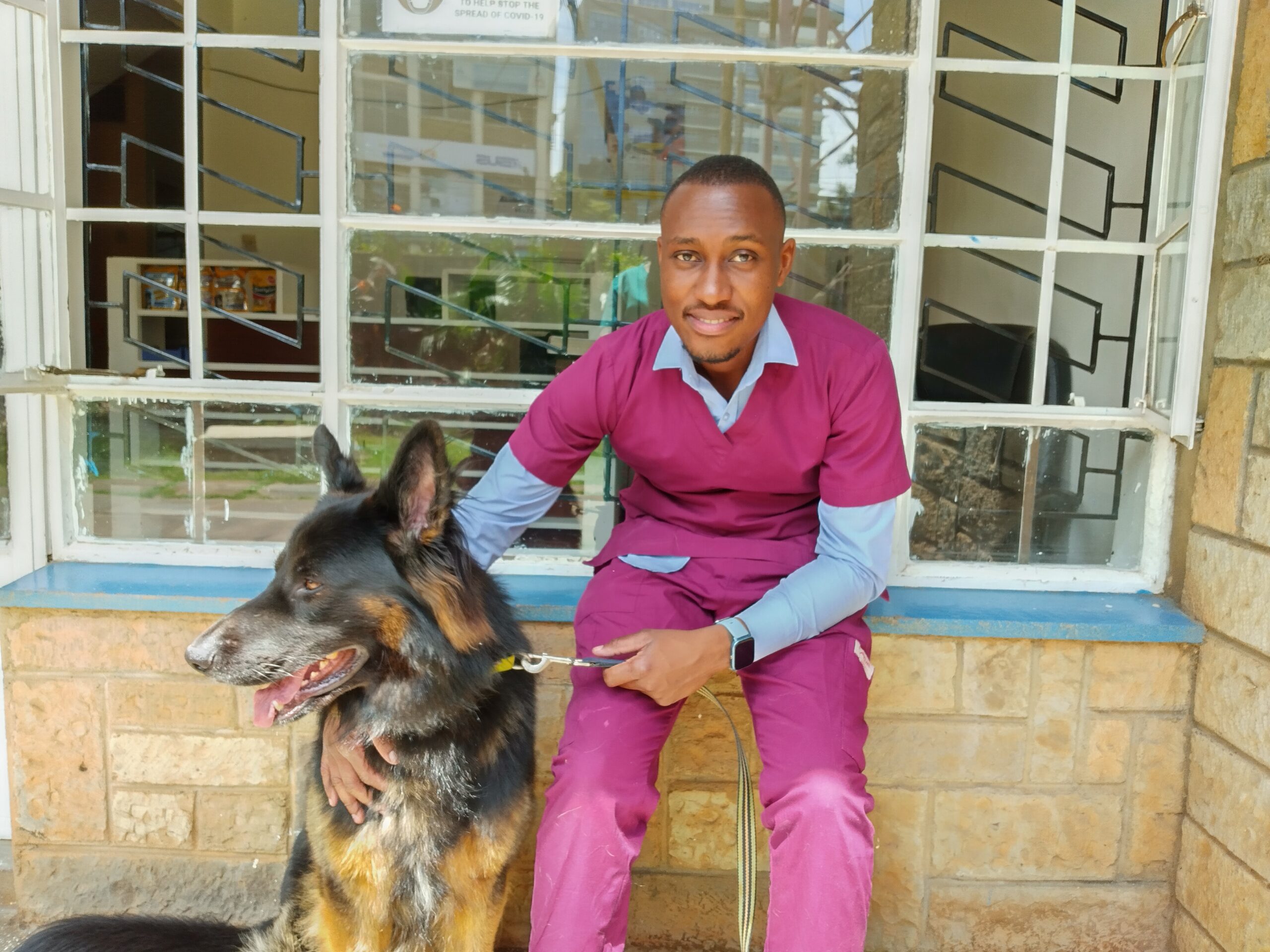Wound management involves the care and treatment of injuries to promote healing, prevent infection, and minimize complications.
wound management
- Assess the wound: Evaluate the size, depth, location, and severity of the wound. Determine if it is an open wound (cut, abrasion, puncture) or a closed wound (bruise, hematoma). Assess for any foreign objects, tissue damage, or signs of infection.
- Control bleeding: Apply gentle pressure with a clean cloth or gauze to stop bleeding. In case of severe bleeding, apply direct pressure to the wound and consider using a tourniquet (as a last resort) if bleeding cannot be controlled.
- Clean the wound: Use a mild antiseptic solution (such as chlorhexidine or povidone-iodine) diluted with warm water to gently clean the wound. Avoid using harsh substances like hydrogen peroxide, alcohol, or betadine, as they can be harmful to the tissues.
- Remove debris: Carefully remove any dirt, debris, or foreign objects from the wound using sterile tweezers or forceps. Be gentle to avoid causing further damage.
- Protect the wound: Depending on the location and severity of the wound, it may need to be covered or protected. Small superficial wounds can be left open to air, while deeper wounds or those in areas prone to contamination may require bandaging or dressing.
- Apply topical medications: If prescribed by a veterinarian, apply appropriate topical medications, such as antibiotic ointments or wound healing creams, to promote healing and prevent infection. Follow the instructions and dosage recommendations provided by your veterinarian.
- Use bandaging and dressings: If the wound requires bandaging, apply a non-stick sterile pad over the wound, followed by a layer of sterile gauze. Secure the dressing in place with adhesive tape or a cohesive bandage. Ensure that the bandage is snug but not too tight to restrict blood flow.
- Prevent licking and chewing: Dogs may be prone to licking or chewing their wounds, which can delay healing or introduce infection. Use an Elizabethan collar (E-collar) or other devices to prevent the dog from accessing the wound.
- Monitor for signs of infection: Watch for any signs of infection, such as increased redness, swelling, discharge, odor, or the dog showing signs of pain or discomfort. If infection is suspected, consult with a veterinarian promptly for appropriate treatment.
- Follow-up care: Regularly inspect and clean the wound as directed by your veterinarian. Change dressings if they become soiled or wet. Keep the dog’s environment clean to minimize contamination.
It’s important to note that wound management can vary depending on the specific characteristics of the wound and the individual dog. Consulting with a veterinarian is always recommended for proper diagnosis, treatment, and guidance throughout the healing process.







